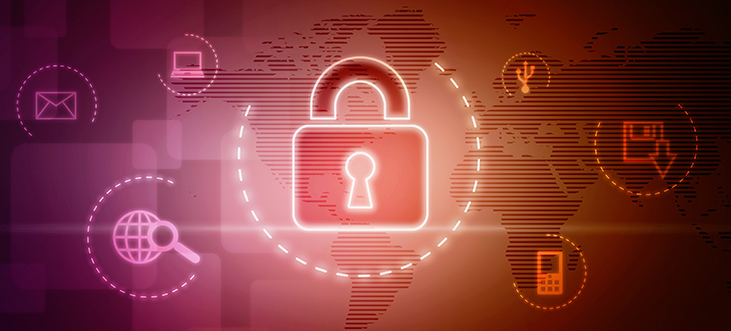
In the connected world of today, there are many avenues for cyber criminals to try penetration. The increasing development of ransomware and ransomware-as-a-service has led to massive outbreaks in the number of attacks. Every time a vulnerability has been exposed and an exploit detected, security firms and application developers develop and release appropriate patches to thwart further exploits. Patches are released periodically or as hotfixes. These hotfixes are urgent security patch updates that must be applied without any delay.
Most enterprises that understand the importance of patches implement a patch management system to thwart ransomware attacks and other malware attacks. And there are many patch management systems available in the market.
The increase in mobility, utilization of mobile devices and IoT devices, and encouragement for BYOD (bring your own device) has increased the number of devices an employee uses to access the enterprise network and systems. This has increased the workload on IT administrators. Each of these devices could be utilizing different operating systems, applications, hardware, etc.., Hardware requires firmware patch updates, and operating systems and applications require software updates.
The WannaCry ransomware attacks and other attacks have demonstrated the deadly retributions that an enterprise will have to suffer for any delay in application of patches. Those affected by the WannaCry could have avoided the infection if they had paid heed to the patch updates released by Microsoft a couple of months earlier.
With the appropriate security applications, IT administrators are able to monitor devices connected to the network in real-time to ensure their security. However, business requirements may demand that some devices may have to go offline and some out-of-the-corporate network. This is a significant vulnerability as it is difficult to monitor such devices. A significant number of attacks have occurred through such endpoints and this raises the need to ensure a way to protect such devices. Better visibility of these devices must be ensured.
IT Administrators must ensure that they have complete visibility over all the devices connected to the enterprise network. They must have absolute control over the security of those devices. Users must not be able to stop virus scans, control patch updates or install applications. While users may demand access to these features for better utilization of the devices, it actually increases the risk multiple folds.
Endpoints are considered to be the weakest link in an enterprise network. It is mostly the action of an employee who clicks on a malicious link or opens a malicious attachment that allows malware in. These are phishing and spear phishing attacks, and these have become highly sophisticated. Employees must be advised to immediately flag such doubtful elements and notify the IT security administrators. Educating employees on security measures must be diligently undertaken on a regular scale.
IT administrators must keep tabs on malware bulletins, and ensure that all endpoints on the network are updated with the latest patches. Updated patches can block many an infiltration and ransomware malware infection attempt. Effective patch updation would only be possible with an effective patch management system, and this would help thwart ransomware attacks.

Effective Patch Management Strategy Prevents Security Hacks
The Data Breaches Cost of US Businesses in 2017
3 Important Things Windows Patch Management Should Do
The things You Need To Know About Security Patch Management
Why do you need Automated Patch Management. Reasons Explained
Add new comment